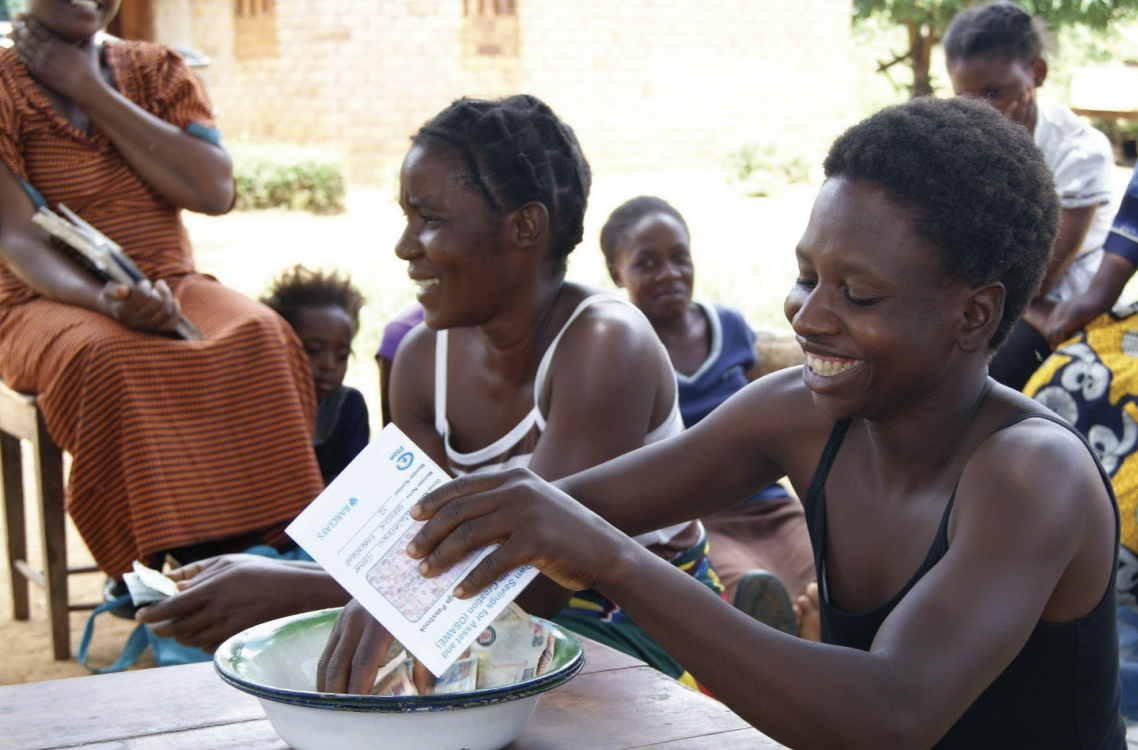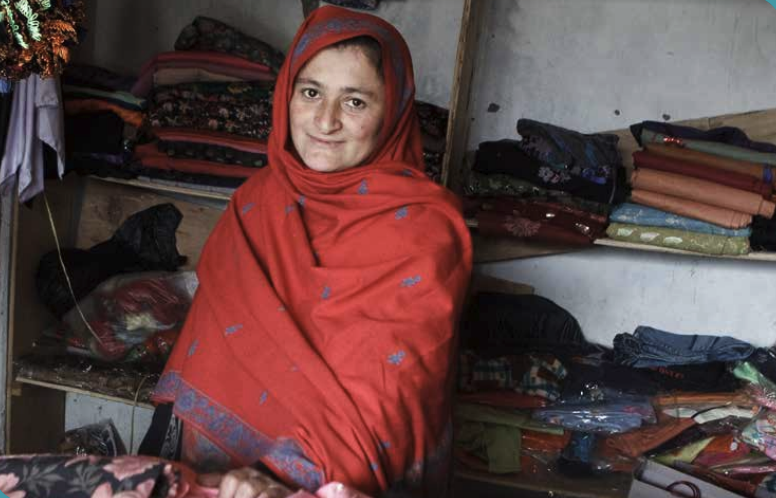Recent Publications & Learning
Doing development differently starts with better evidence and learning.
Doing development differently starts with better evidence and learning.

Can youth savings groups help foster entrepreneurship and employment among young people, supporting them in their search for decent work and their struggle against poverty? This webinar presented key findings from a paper on the topic commissioned by Plan UK; programmatic considerations on what is working and what is not from the Banking on Change partnership; and learnings from Freedom from Hunger's AIM youth initiative.
Read More
There are significant challenges impeding the measurement of job creation. The complexity of the topic makes measurement challenging and error-prone. Few guidance documents are available presenting methodologies for measuring project-level impacts on job creation. The aim of this paper is to provide guidance and practical examples on measuring job creation impacts.
Read More
This report examines how youth savings groups can contribute to the fight against youth unemployment. It looks at key constraints to youth employability and entrepreneurship, including limited asset base and access to finance, lack of employability and entrepreneurship skills, limited social networks, household underinvestment in education and health, unfavorable cultural and social norms and non-conducive regulatory frameworks.
Read More
STRIVE implemented four field projects in Africa and Asia between 2008 and 2013, ranging from savings-led finance to workforce development to value chain interventions. This report summarizes the findings of one of four STRIVE-funded initiatives, MEDA’s Afghan Secure Futures (ASF) project. ASF focused on benefiting youth apprentices working in workshops in the Afghan construction sector.
Read More
The Start-up Toolkit for Youth Employability Projects provides valuable tools and lessons learned for development practitioners engaged in developing and/or facilitating employment and entrepreneurship projects for young people.
Read More